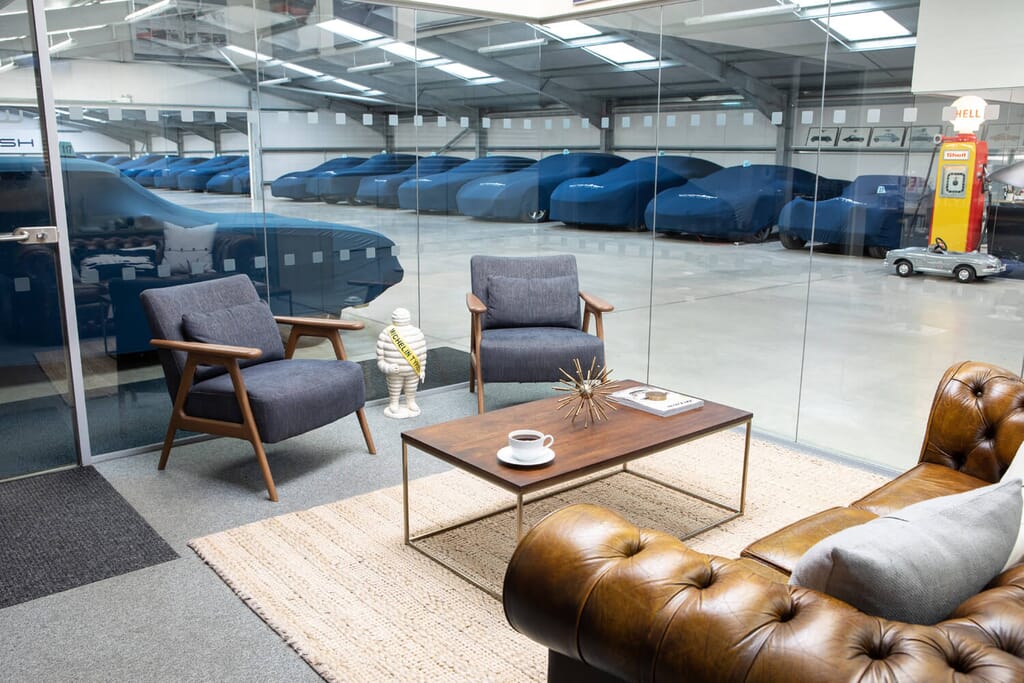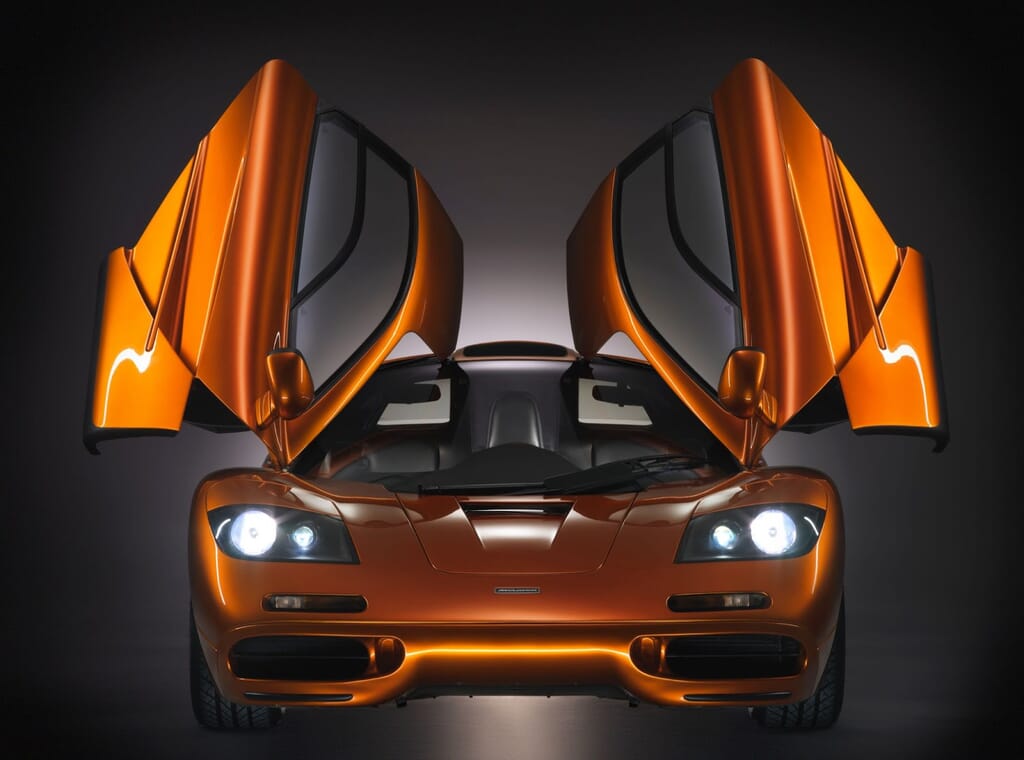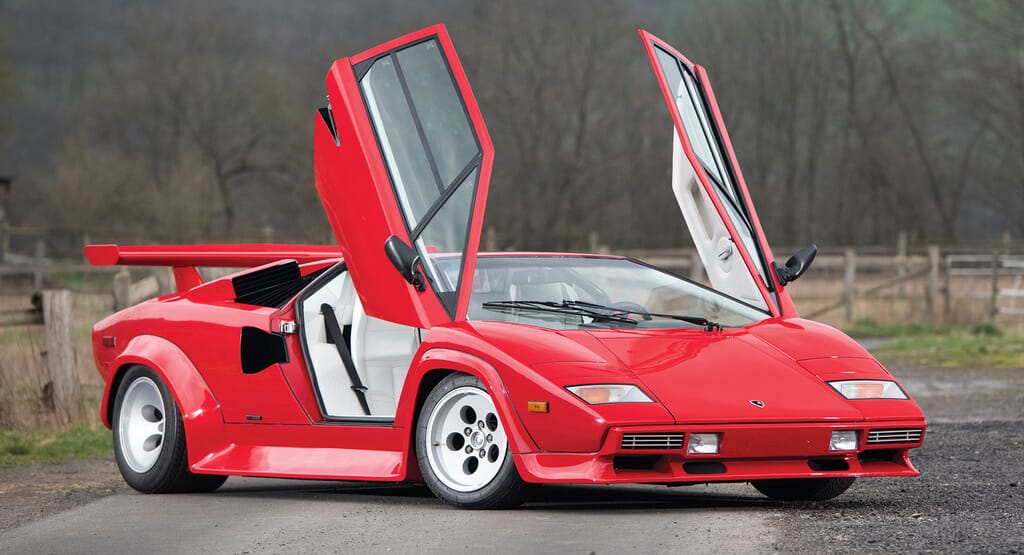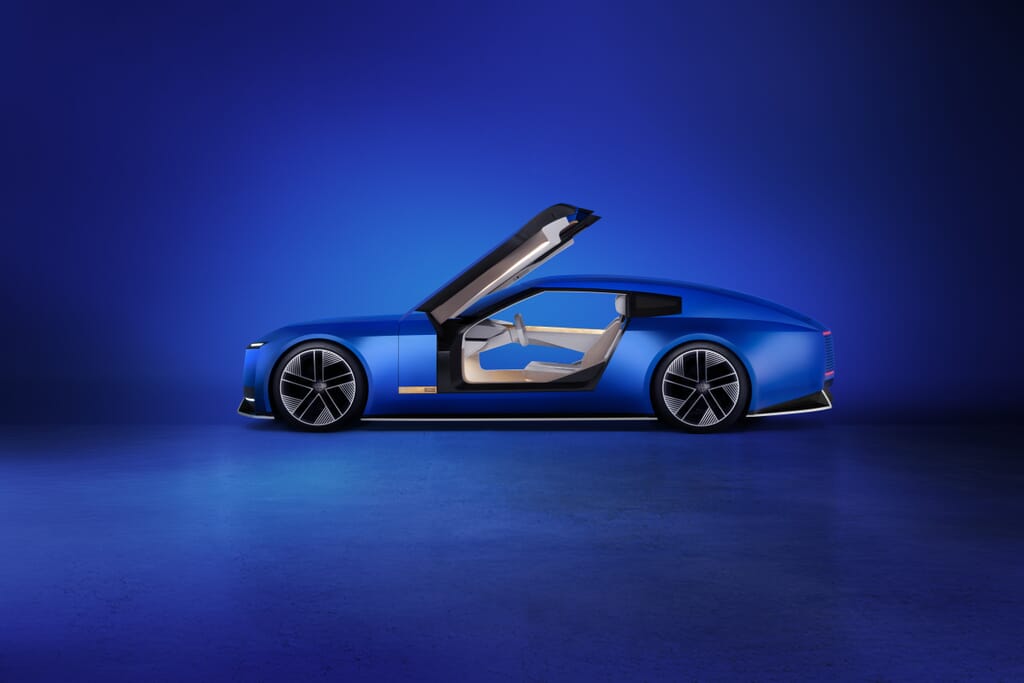
[Images courtesey of BMW Group]
2025 marks the anniversary of a giant of the automotive industry: The BMW 3-Series 50th anniversary. Since the model’s arrival 50 years ago it has been both a definitive BMW, and the car every other compact premium model must beat.
True, the 3-Series isn’t quite as small as it used to be, and BMW has since offered models to take the 3’s entry-level position in the lineup, but it’s still usefully sized for modern roads and traffic. Every Three has offered the quality and comfort of a car in the class above, but greater dynamism than larger executive and luxury cars can offer. Throw in advancements in safety, equipment, performance, and economy, and it’s little wonder numerous magazines return to that old phrase, “all the car you’d ever need”.
Below we look at the BMW 3-Series history from the classic E21 that first wore the nameplate and evolved BMW’s “Neue Klasse” concept, to the generation arriving next year – with more than a hint of that original 3-Series in its styling.
The birth of a legend: the E21 3-Series (1975)

The BMW “02” series that turned around the maker’s fortunes had a good run, lasting nine years from its 1966 launch, but in 1975 it was replaced by the all-new 3-Series. Well, the name was all-new at least; mechanically the new “E21” 3-Series shared its M10 four-cylinder engines and basic layout with the 02, but with the new 320, also for the first time offered an inline six, carried across from the larger 5-Series.
Styling was fresh, if clearly related to the 02. Designer Paul Bracq, previously of Mercedes and then designer of the E12 5-Series, created a simple but handsome three-box shape with a distinct rake to its grille and slope to its tail – details that appear to have strongly influenced the new 3-Series due to launch in 2026.
The new shape boasted improved crash safety too, while build quality and low driver fatigue were key goals, turning this smallest of BMWs into a car capable of the longest of journeys – something you could say about every 3-Series since. BMW’s brochures made it quite clear that while the 3-Series might be more expensive than its contemporaries, you were very much getting what you paid for. It also set the template for what we know today as the BMW 3-Series driving experience, always prioritising keen handling over laid-back luxury.
Refining the formula: the E30 3-Series (1982)

The E30 is revered as one of the key models in BMW’s history, and is becoming hugely popular as a classic car too – but at launch, it was about as conservative as it got. BMW very deliberately moved the needle only slightly from the car’s predecessor, refusing to follow industry trends for sleek aerodynamics, reasoning that its buyers would prefer good looks instead (how things have changed…).
Not that the E30 wasn’t still an improvement over the E21. It was still more aerodynamic, but through detail work (such as flush-fitting glass) rather than broad strokes, and the slightly boxier appearance also resulted in greater passenger and boot space. The new body also found greater space for wider wheels and tyres, benefitting handling, and the suspension was improved for similar reasons, as well as reduced levels of noise and vibration.
There were more efficient, more powerful engines too, with a full lineup of four and six-cylinder units that grew further over the years. Some markets got a diesel, and four-wheel drive too, while the two-model (with a two-door and a Baur-built convertible) E21 became a four-body range for the E30, with two and four-door saloons, a convertible, and a five-door estate. And then of course there was 1986’s M3: a Group A homologation special that became a performance car legend and one of the most successful touring cars of all time.
Sleek and sophisticated: the E36 3-Series (1990)

The jump from E30 to E36 was as great as any the 3-Series has taken over its 50-year lifecycle. From a relatively traditional BMW that could trace its lineage quite clearly back to the Neue Klasse “02” series models, the E36 seemed to almost skip a generation.
There was, inevitably, an increase in size, by just over 10cm in length, 13cm in wheelbase, and a reasonable jump in width too – only height remained similar. This made the E36 much more accommodating, while the well-proportioned and distinctly modern new styling brought about a huge improvement in aerodynamics, from the E30’s brick-like 0.38Cd to only 0.29 for the new slim-tyred 316i. Another significant change was the introduction of the Z1’s “Z-axle”, a multilink design that increased the new car’s grip, high-speed handling and ride quality without sacrificing agility.
The cabin was in another league too, at least in terms of design; early build quality was somewhat patchy. In 1994, a new Compact three-door hatch joined the range too, becoming a true entry-level BMW (while reverting to the E30’s trailing arm suspension, for cost and packaging reasons), while 1992’s M3 was significant too, packing a 3-litre inline six, and offering a much more GT-like feel than its road-racer predecessor.
Sales success: the E46 3-Series (1997)

At 3.27 million units, the E46 set a high watermark for 3-Series sales that comprehensively eclipsed its predecessors and that its successors haven’t come close to matching. It was undoubtedly the right car at the right time. The E46 was offered with a broad range of engines and body styles, including the all-important diesels just as European legislation pushed this fuel to the top of everyone’s wish list, but also came at a time before the average punter decided they needed a car with SUV styling and a raised seating position. The E46 3-Series was the car for private and company buyers alike.
Strange to think then that it was received with a slightly lukewarm reception. Its styling perhaps played things a little too safe, as a kind of rounded-off evolution of the E36 (or a shrunken E39 5-Series), while early road tests criticised its overly-light steering and slightly too comfort-orientated feel compared to its sportier predecessor.
Unsurprisingly, BMW did correct these issues over time, and by the time the E46 was replaced in 2005 it was still a consistent group-test winner. But its stock has also risen with the years: today the E46 still looks handsome, its interior is arguably from BMW’s ergonomic peak, and the E46 spawned perhaps the most coveted of all generations of M3 – especially in lightweight CSL form.
Power and style: the E90 3-Series (2004)

The fuss over BMW’s current styling feels like déjà vu, because there was similar uproar when Chris Bangle was leading BMW’s design department between the 1990s and late 2000s. In retrospect, a lot of Bangle-era BMWs have aged quite nicely (in a way we’re less sure some current models will), but the E90 3-Series launched in 2004 was among the safer shapes to begin with – not surprising, given the 3-Series’ importance.
It was still sharply-styled, keeping the model’s excellent proportions but looking much more dynamic than its predecessor. Freed from the requirement of being BMW’s entry-level car – a task now handled by the 1-Series introduced shortly before – the E90 was free to grow a little in size, to the benefit of rear passenger space, and boot volume.
Otherwise, there was little to scare off the seasoned 3-Series enthusiast. The 320i badge now meant four rather than six cylinders, but the 325i and 330i above it were still sixes, and BMW later introduced a turbocharged 335i too. An aerodynamic, 68mpg 320d Efficient Dynamics joined the range, while at the other end of the scale, the M3 was now powered by a 4-litre V8 – the only generation of M3 to use such an engine (in road-going form, at least).
A growing brand: the F30 3-Series (2011)

BMW’s R&D chief Klaus Draeger called the F30 3-Series the company’s “most ambitious engineering programme to date”. That it was fairly traditional in terms of layout (still front-engined, rear-drive, and powered by a range of four and six-cylinder engines) undersold some of the other changes: a usefully longer wheelbase for more passenger space, an average weight saving of around 50kg compared to the E90 (before some optional equipment, at least), and double-wishbone front suspension rather than BMW’s usual struts.
This was also the first 3-Series offered with hybrid power, the first with an entirely turbocharged engine range, and from 2015, the first offered with a three-cylinder engine too, a 1.5-litre unit shared with both MINI, and as used in the back of the BMW i8. Naturally, there was an M3 too, which went back to six cylinders, but gained a pair of turbochargers, for 425bhp at launch in 2014.
Under the guidance of Adrian van Hooydonk the 3-Series had a more grown-up look than its predecessor, but the F30 also had one notable difference: the two-door coupe and convertible models were split off for the first time into their own model line, now named 4-Series and joined by a four-door coupe called the 4-Series Gran Coupe. The 3-Series range still grew however, with the Touring staying put, and BMW adding a 3-Series Gran Turismo, with a taller roofline and a 110mm longer wheelbase.
Technological advancements: the G20 3-Series (2018)

It is not especially original to comment on the significant growth of some familiar nameplates over the years, but the 3-Series has certainly become quite a large car over the years, and 2018’s G20 generation is just a centimetre shy of the 1987 E34 5-Series in length, while being comfortably wider and taller.
Step out of previous 3-Series and much like climbing from one Porsche 911 to the next, the difference seems less stark. Indeed, 3-Series veterans would find most of the model’s typical qualities still intact, and some enhanced – BMW took a noticeable step up in interior quality with the G20, and while it’s a larger car, improved material science and engineering knowledge made it a lighter one. It’s hard to fault the ergonomics too, and naturally, each engine improved a little in terms of performance and economy.
Aesthetically the G20 was perhaps a little less cohesive than its predecessor (and the less said about the grille of the M3 the better), and as the model has developed, some changes may not be to all tastes: the option of traditional, round dials disappeared in 2022 at the facelift, replaced by a busy and incohesive digital display, while the ever-popular diesel is no longer available to UK buyers. It’s still no stranger to motorsport success either, with two driver’s titles and five manufacturer crowns in the BTCC since the G20’s introduction.
The future of the 3-Series – electrified but still engaging
BMW has long granted unique chassis codes to variations of models in its range – G20 for the current 3-Series saloon and G21 for the Touring, for instance – but when the all-new 3-Series arrives in 2026 it will be effectively two completely different models: the G50, a comprehensive evolution of the current car, and the NA0, an all-electric 3-Series to take the line well into the future.
The two will look very similar, just as the similarly unrelated combustion and electric versions of the current MINI Cooper do. Both will take their styling inspiration from the Vision Neue Klasse concept shown a couple of years back, with a shark-nosed front and sloping tail not unlike the original E21 3-Series. BMW still intends to offer class-leading handling too, whether you opt for EV or combustion power; it’s part of the 3-Series’ DNA.
The split down the middle will also see two distinct M3s joining the range further down the line, the combustion car again an evolution of today’s mighty six-cylinder model, while the M-badged i3 is sure to make staggering power, as is customary for electric performance cars. The 3-Series has come a long way in 50 years, but the next few could represent one of the biggest technological jumps the model has ever made.
[All images courtesey of BMW Group]




